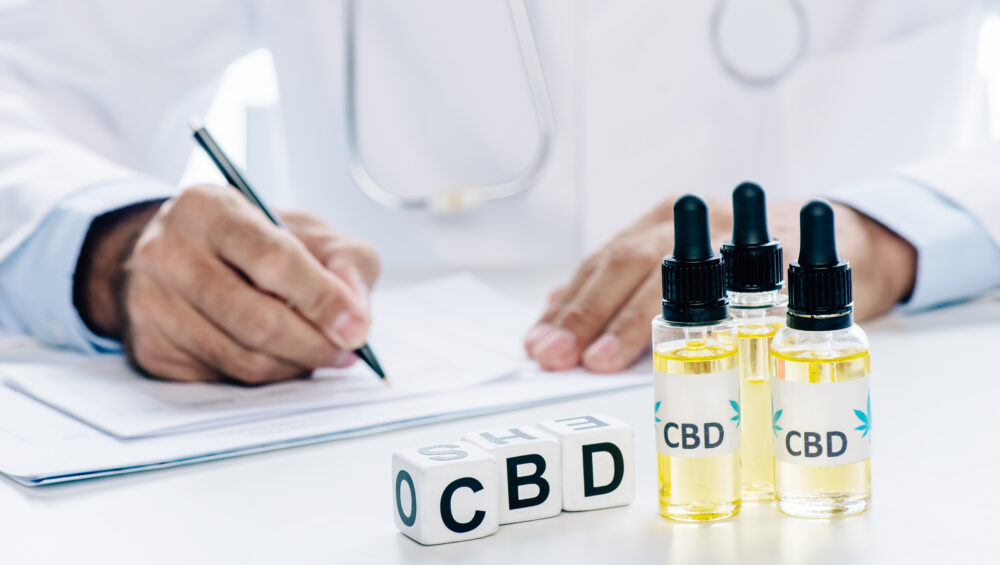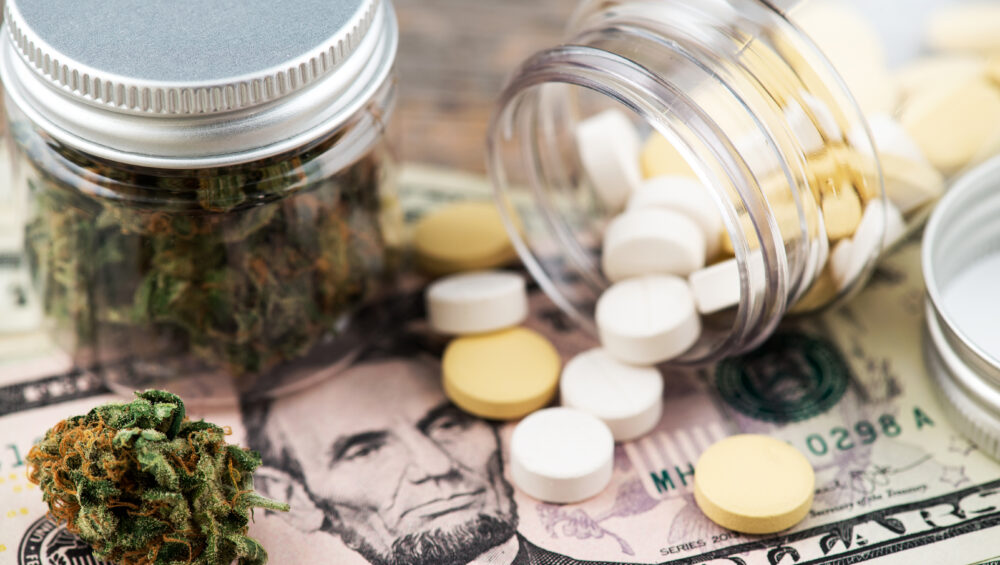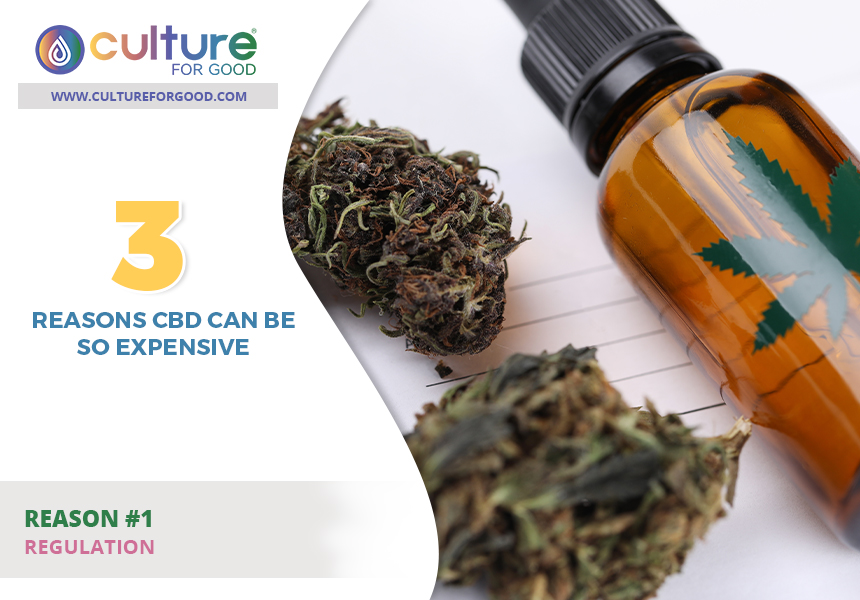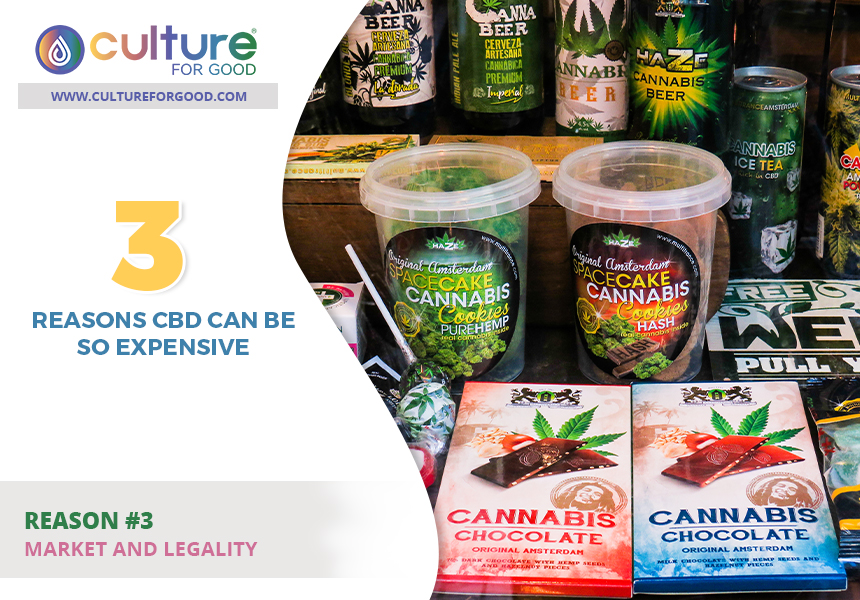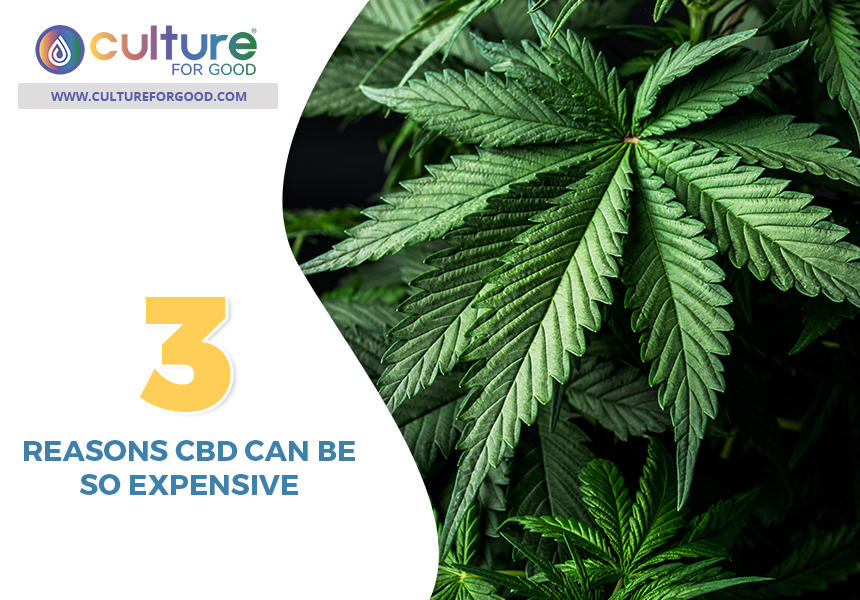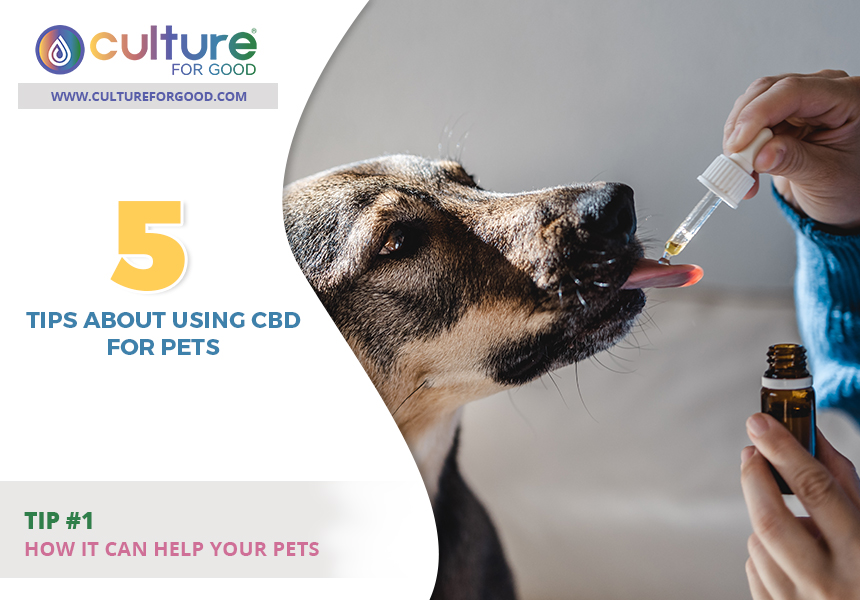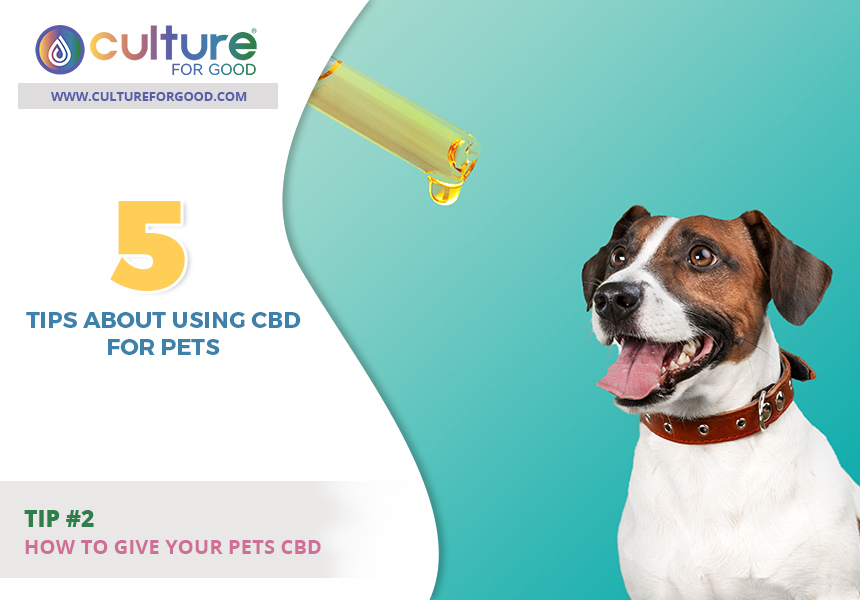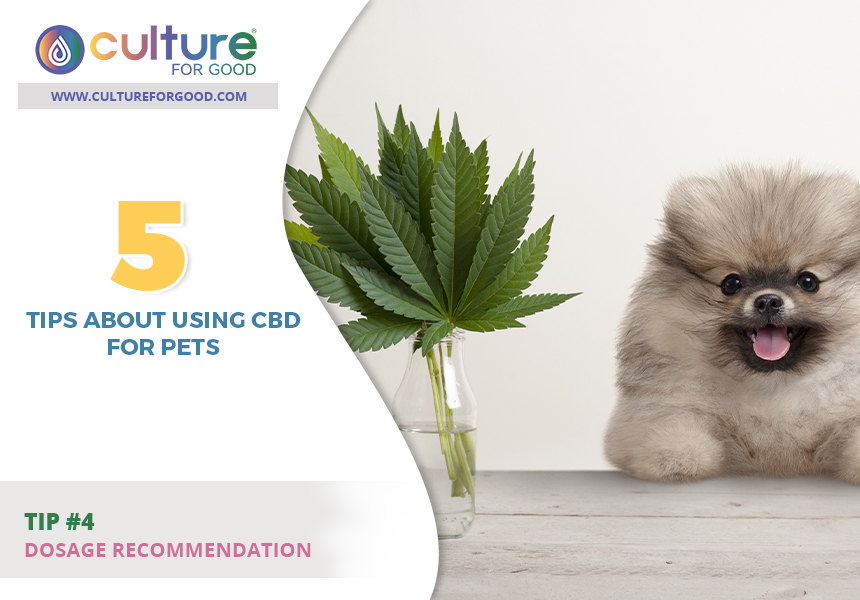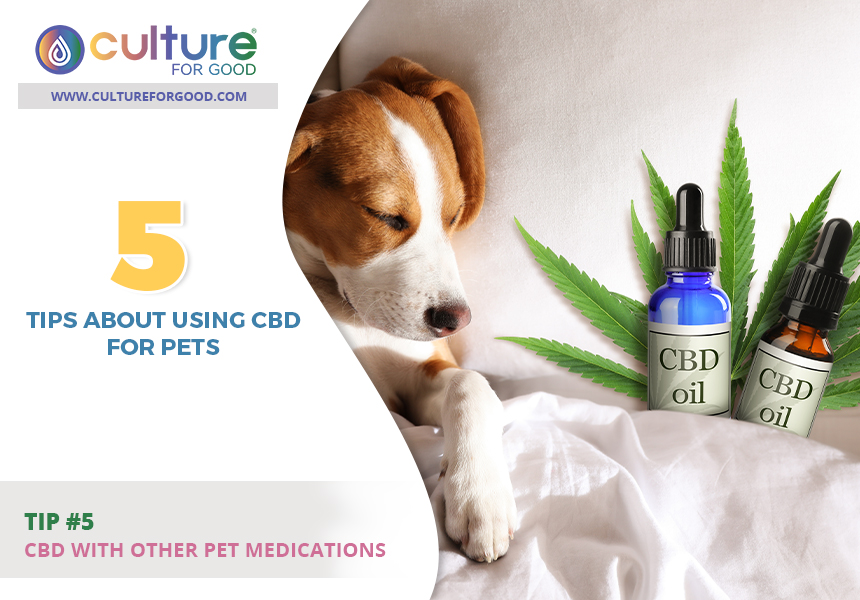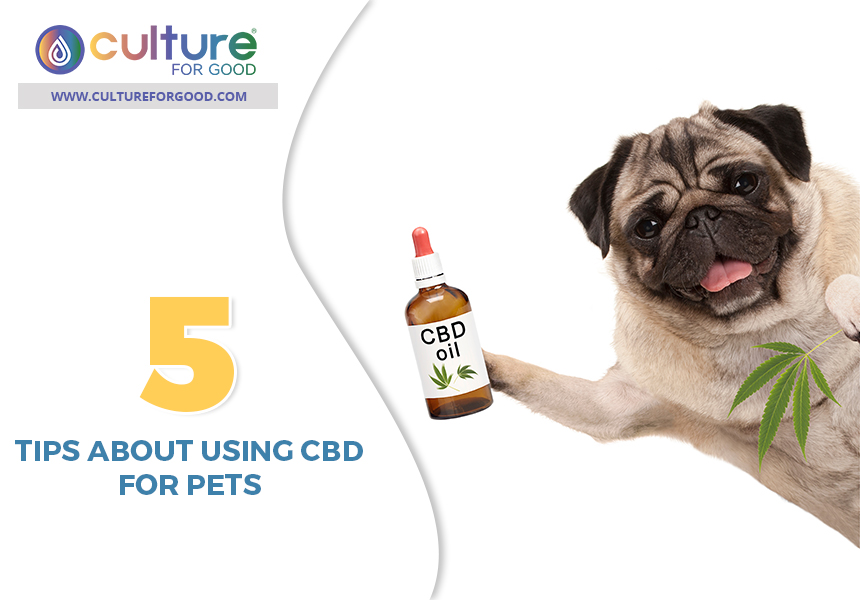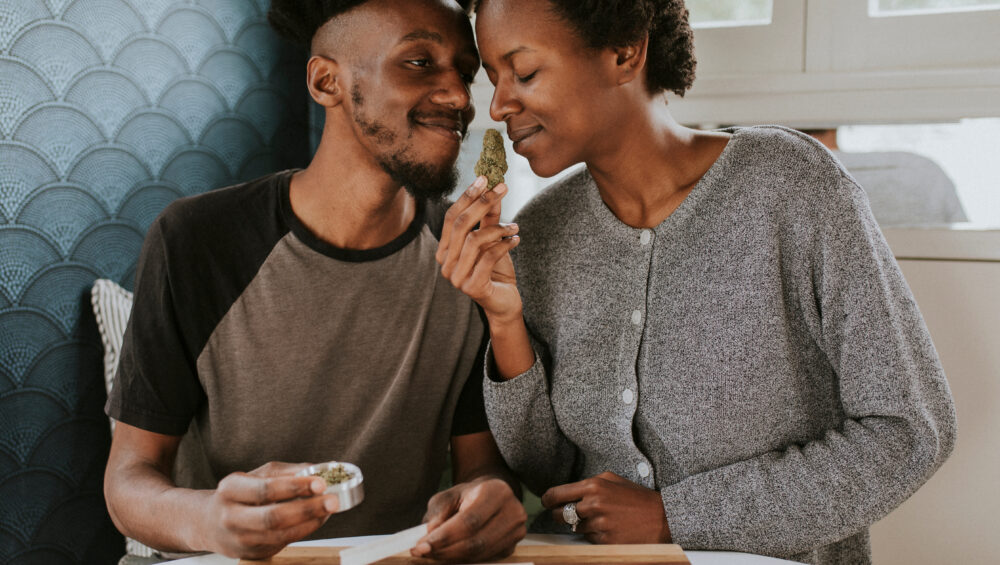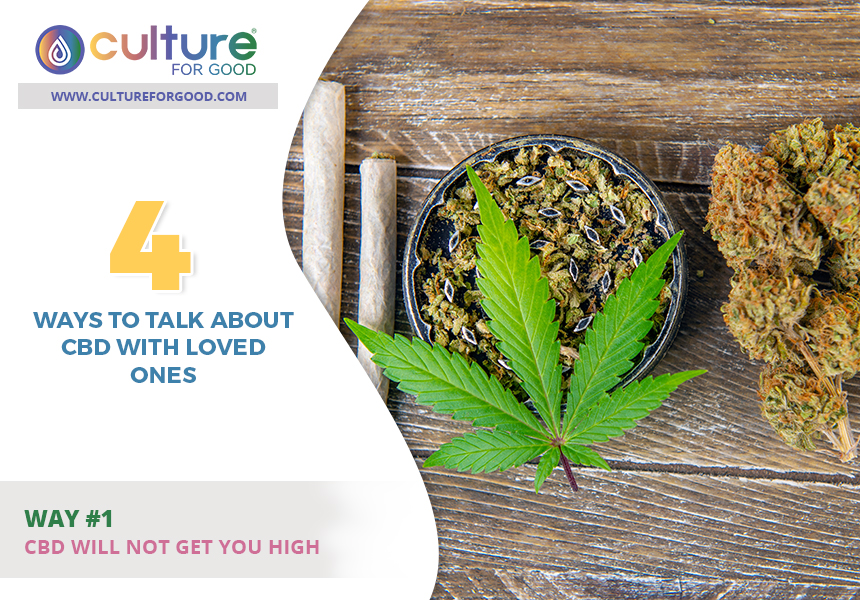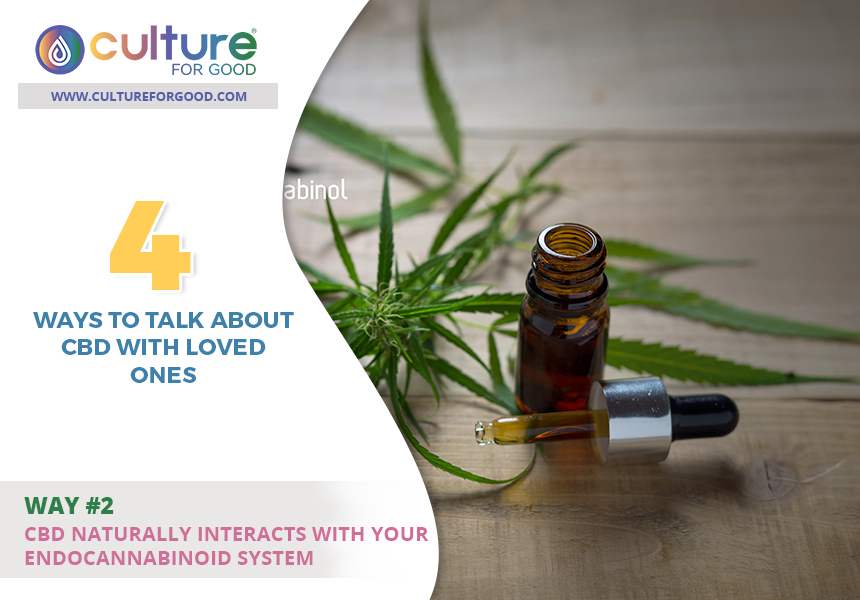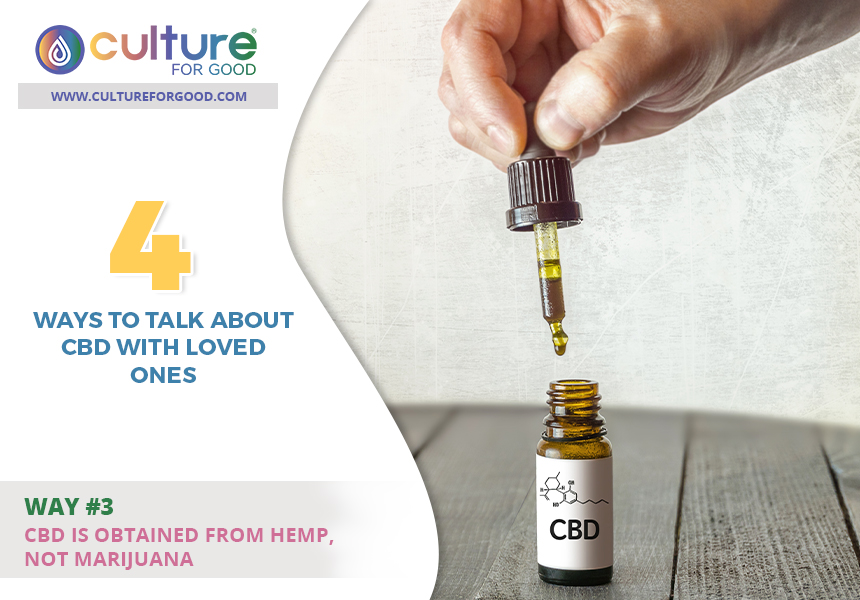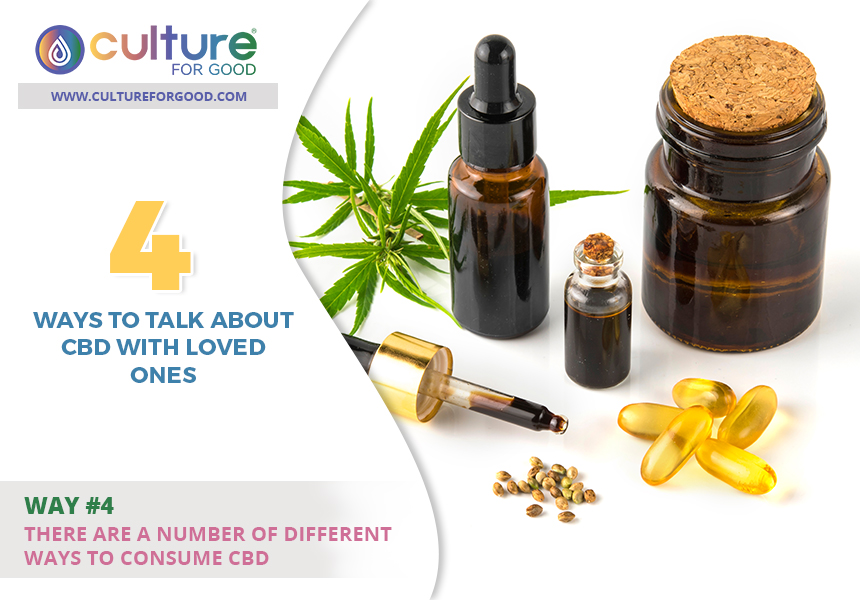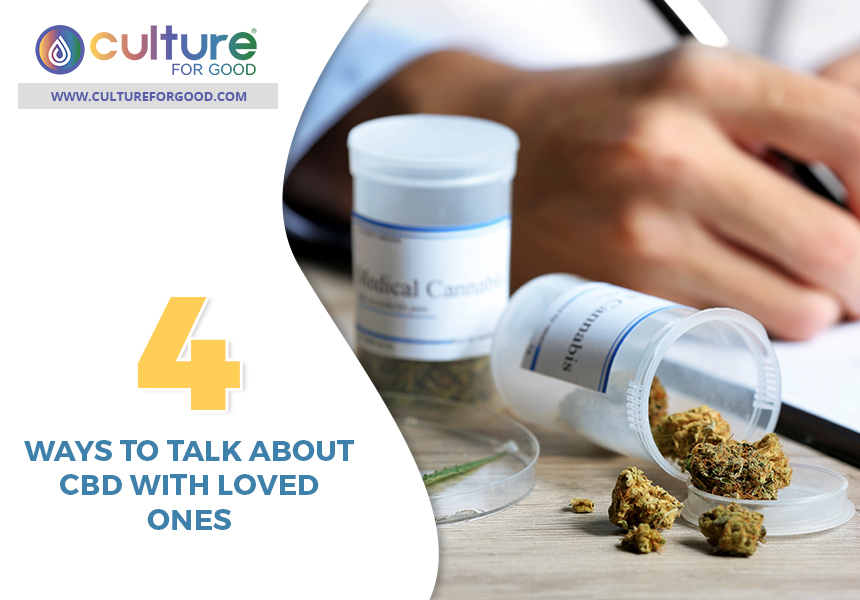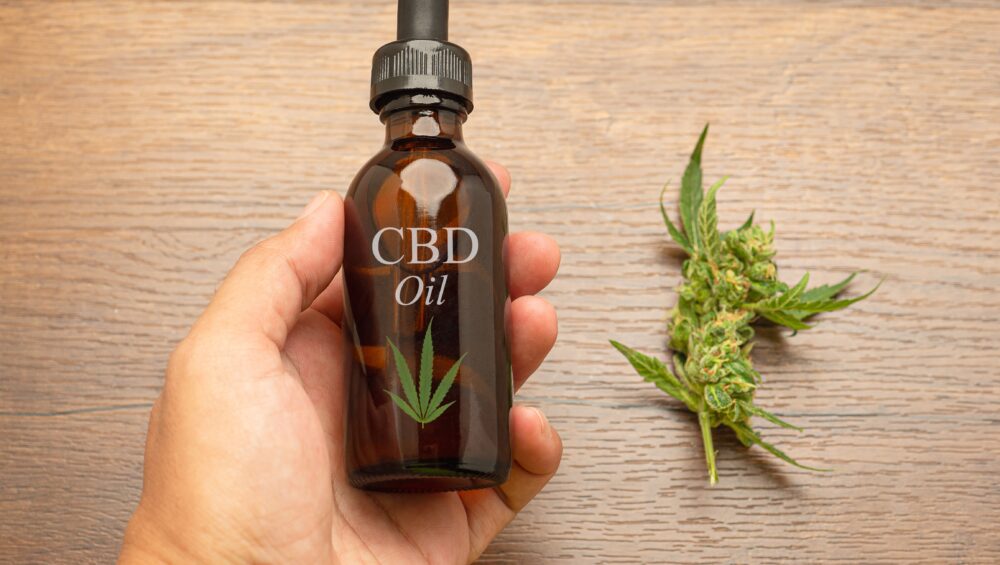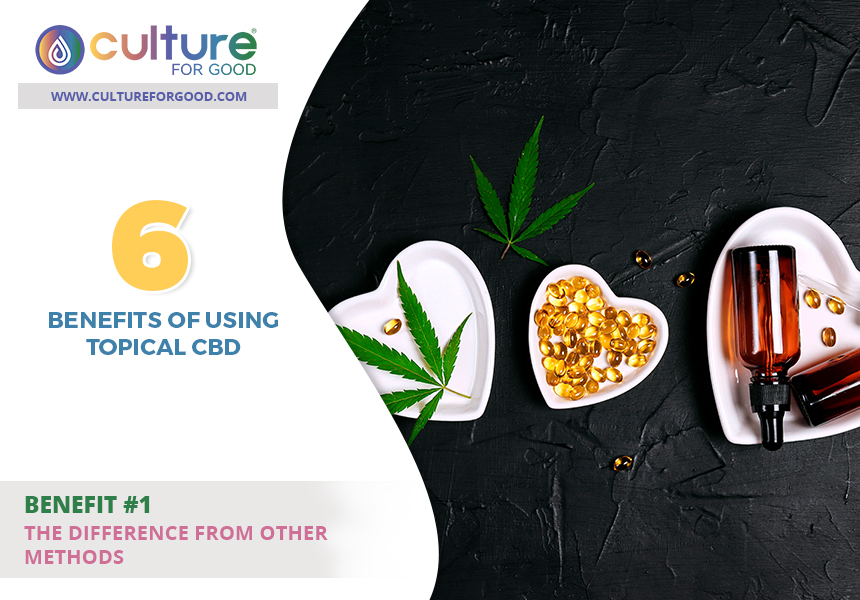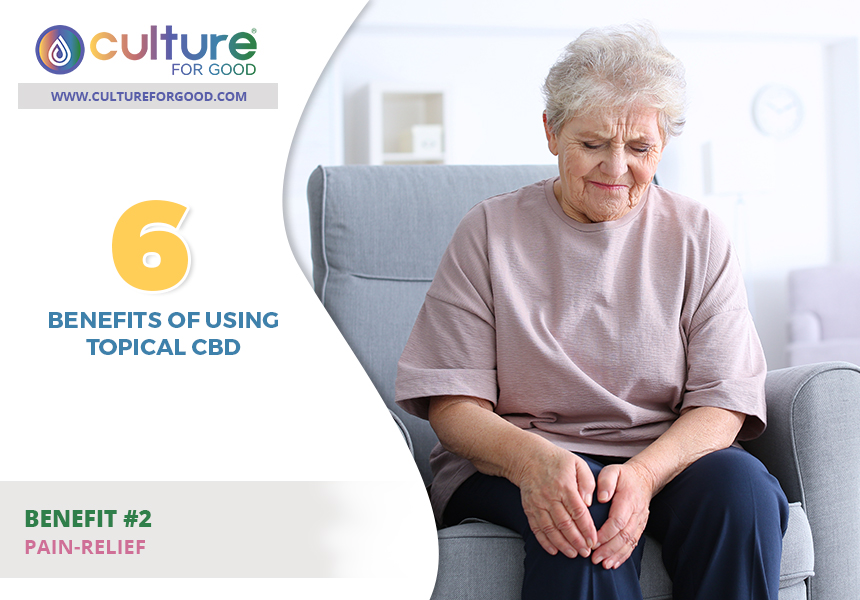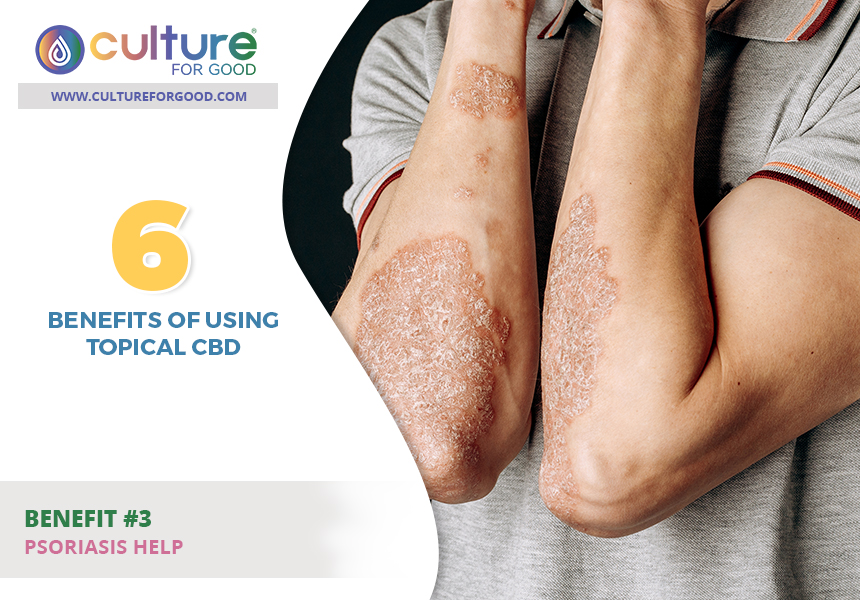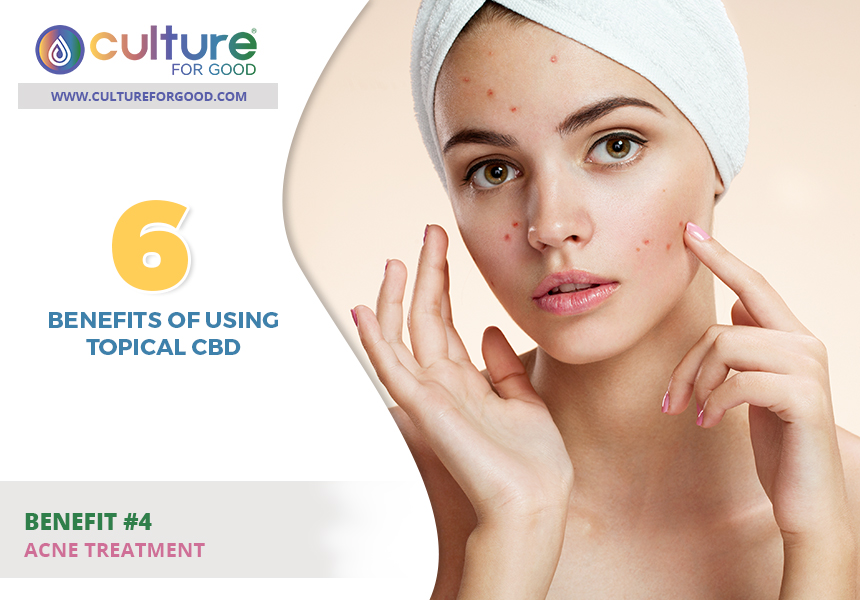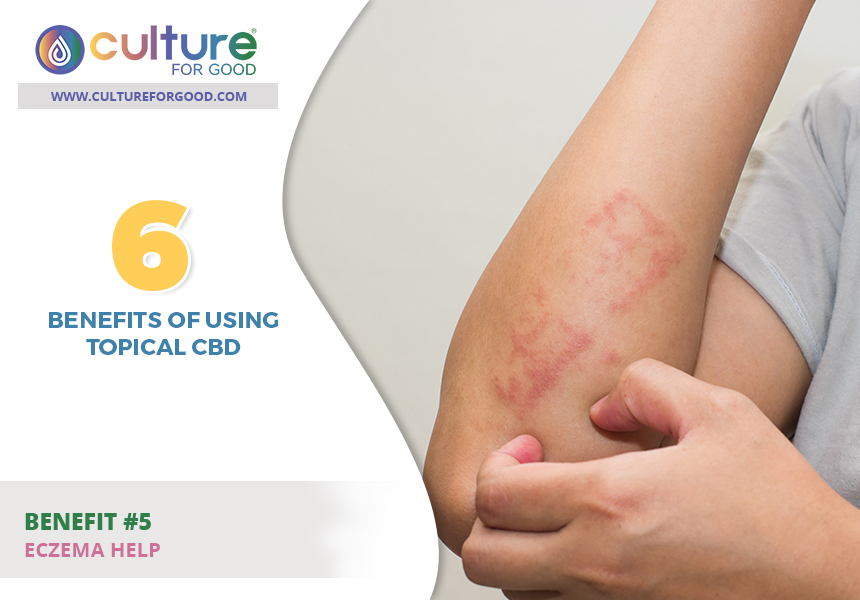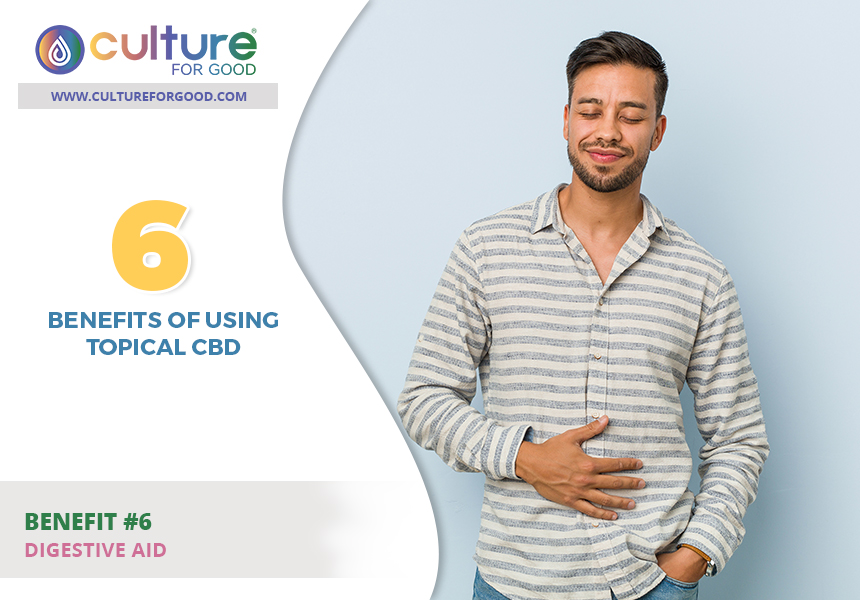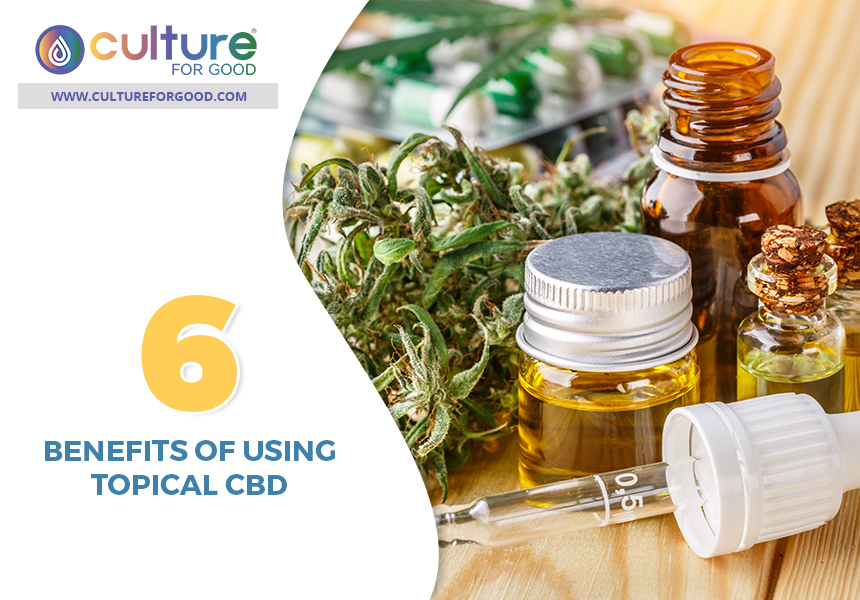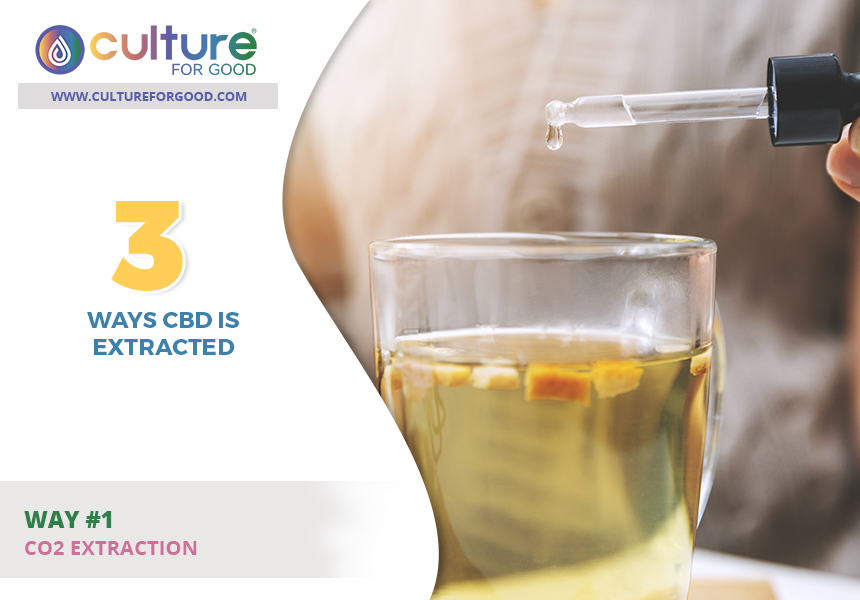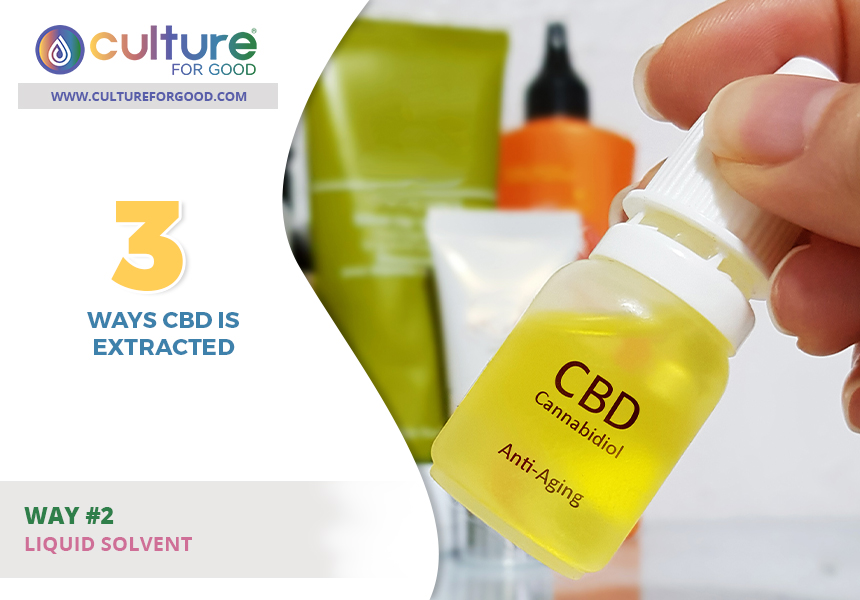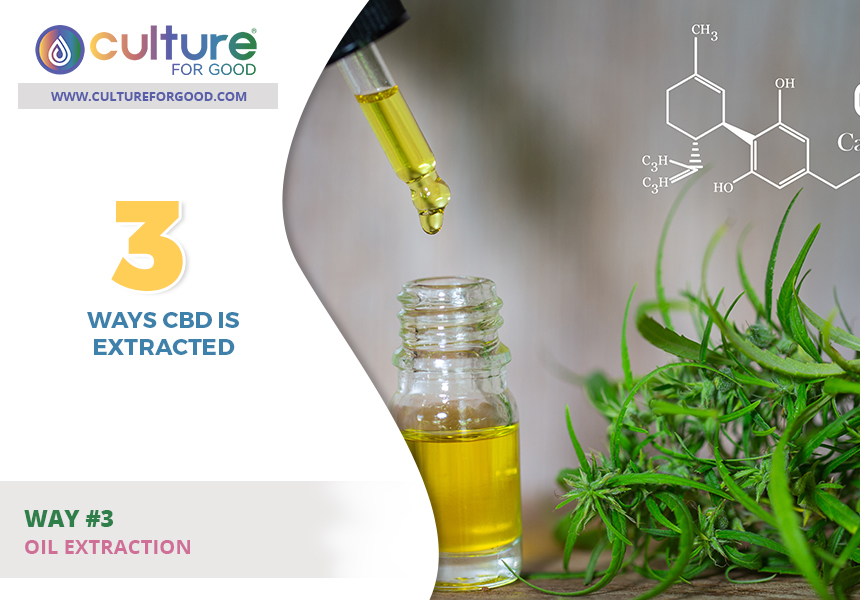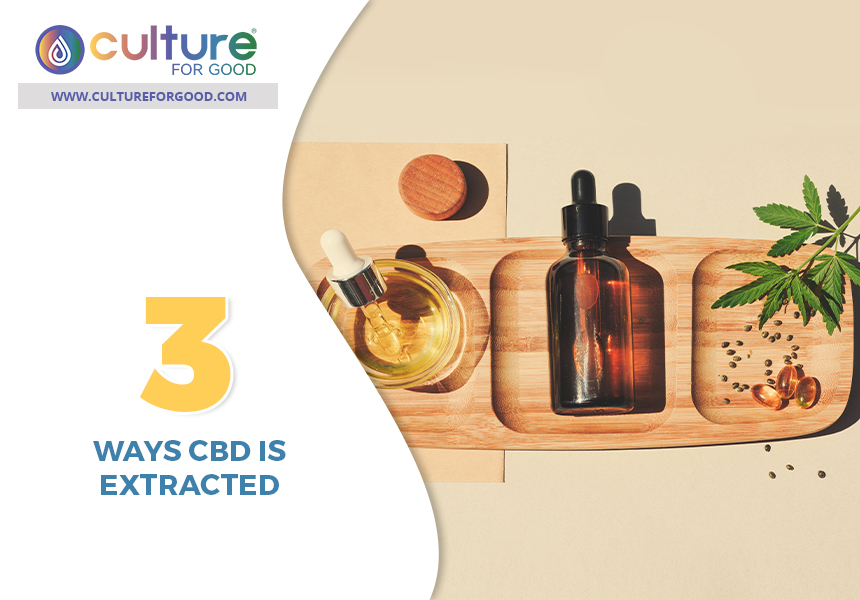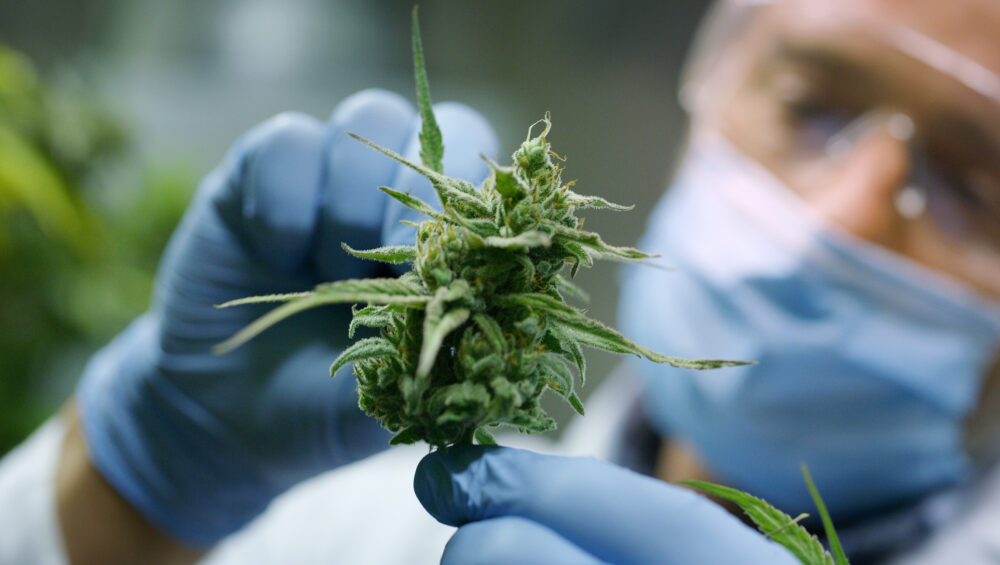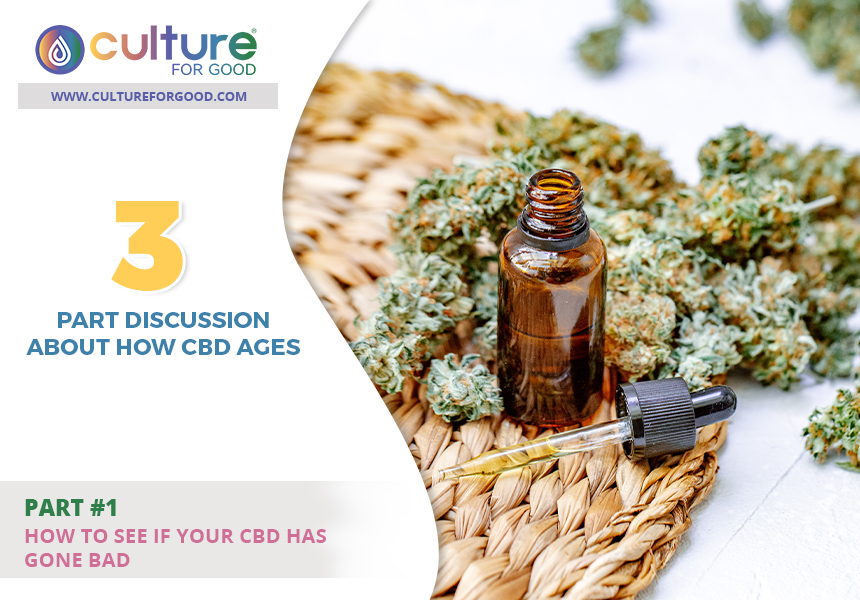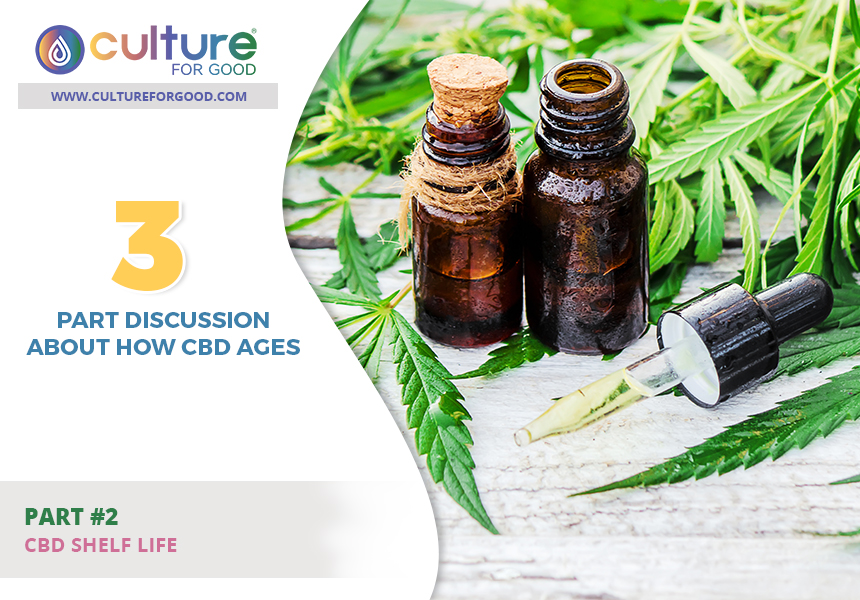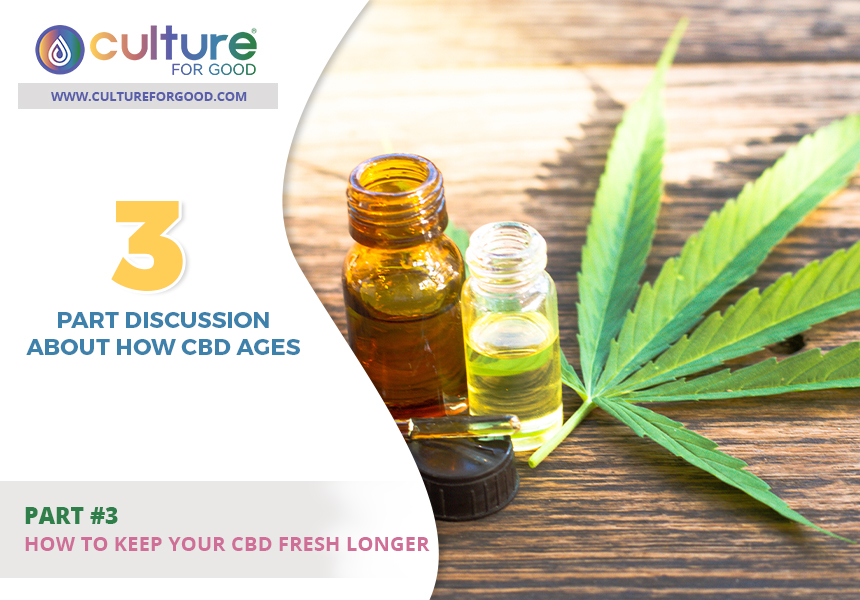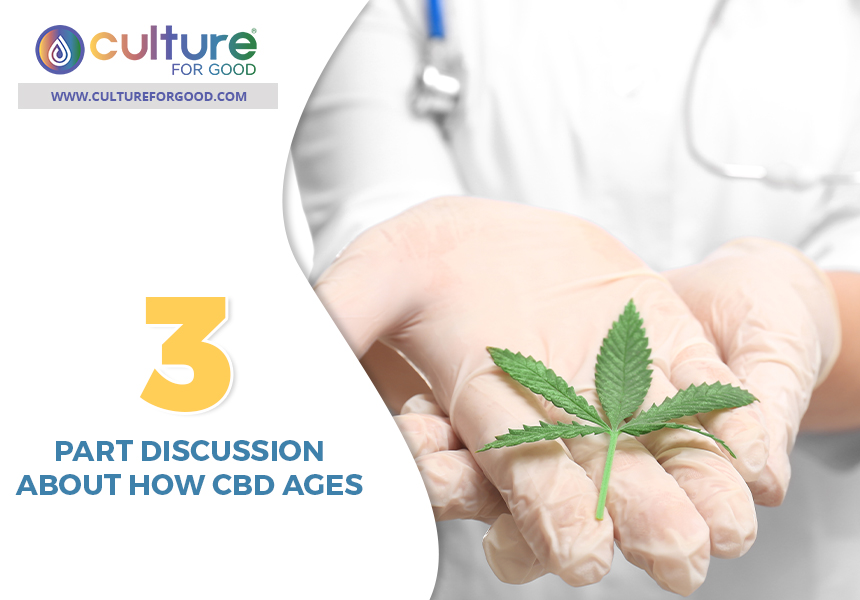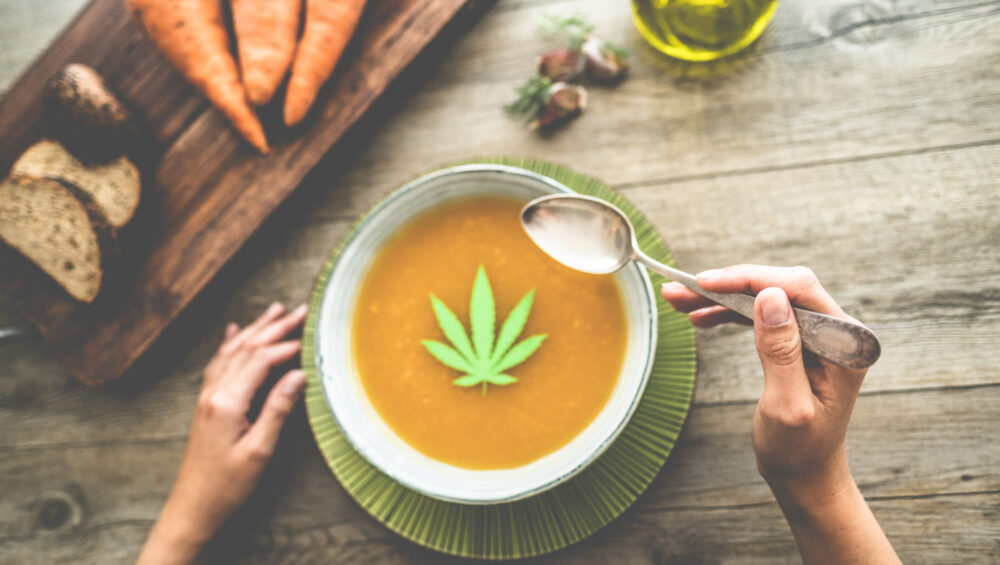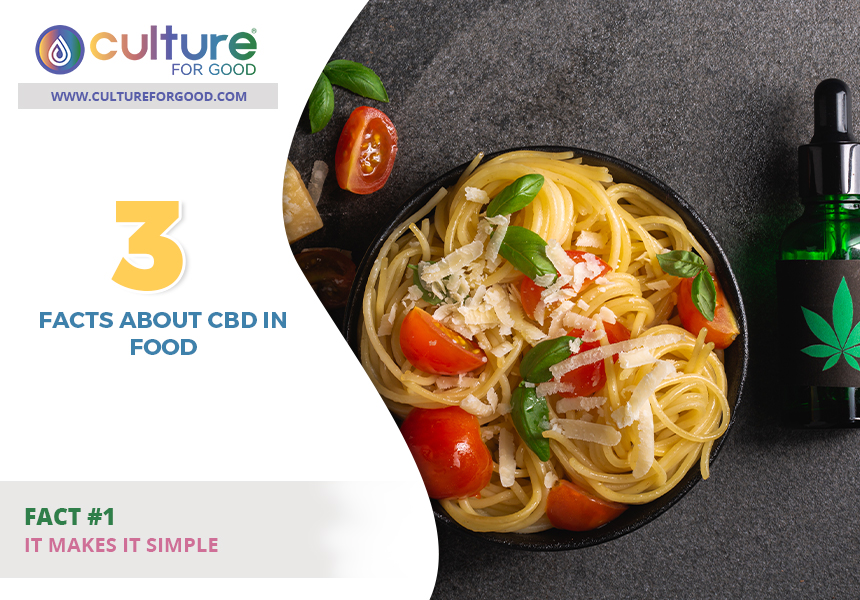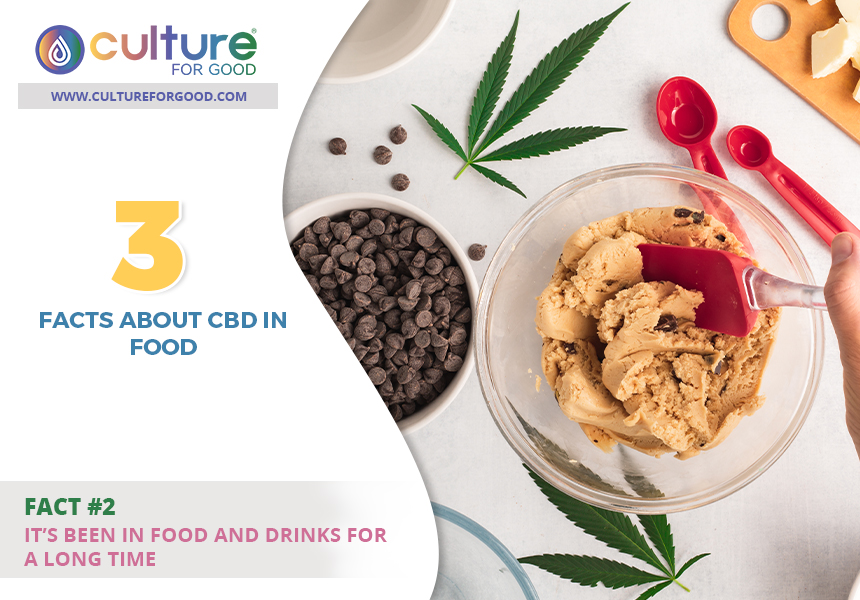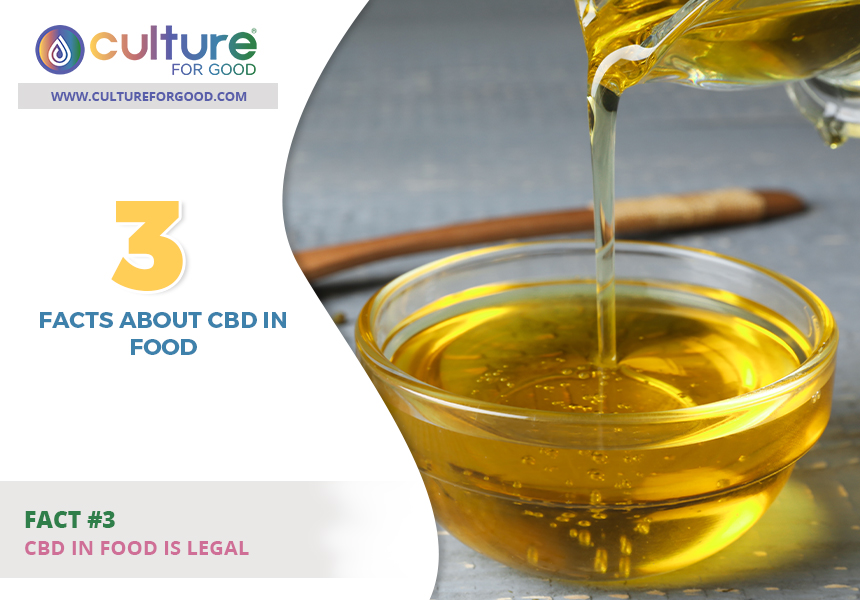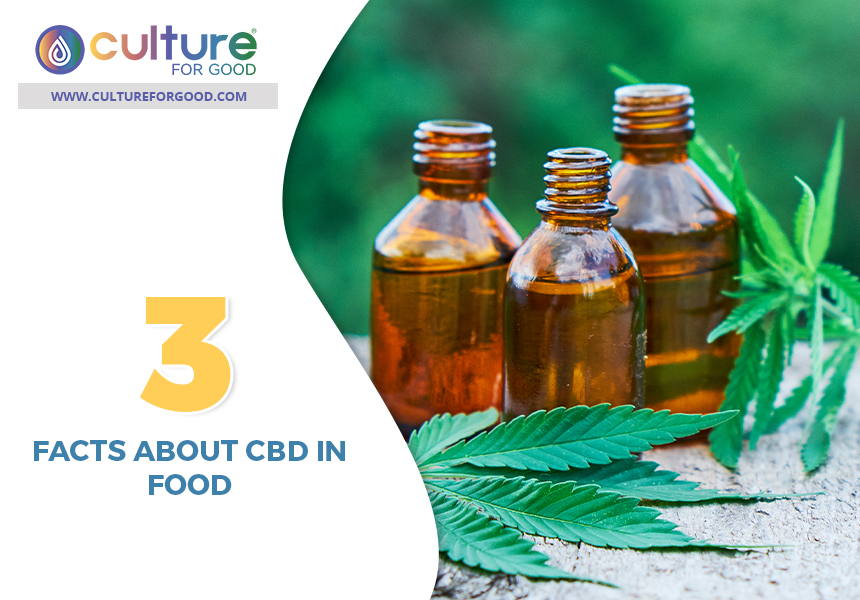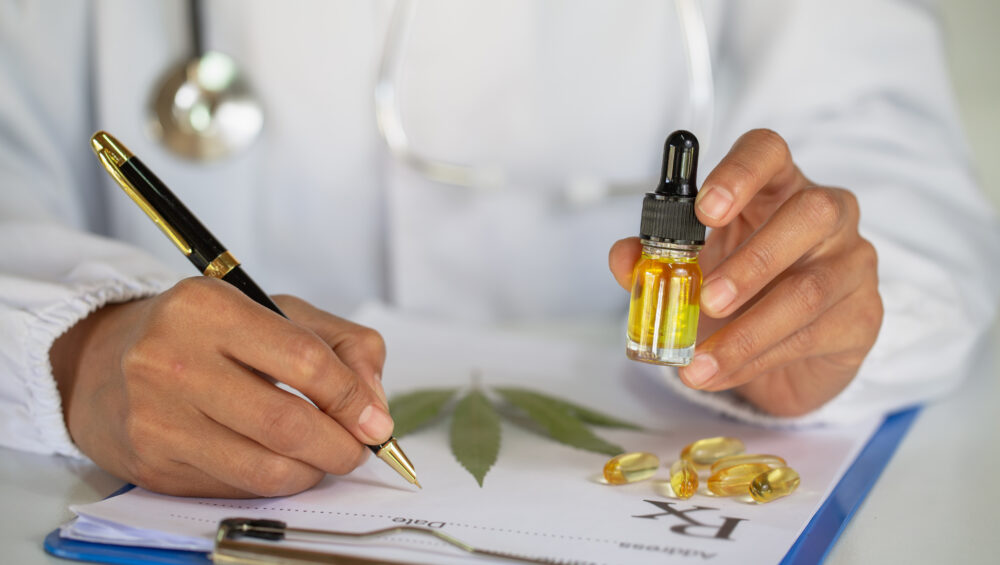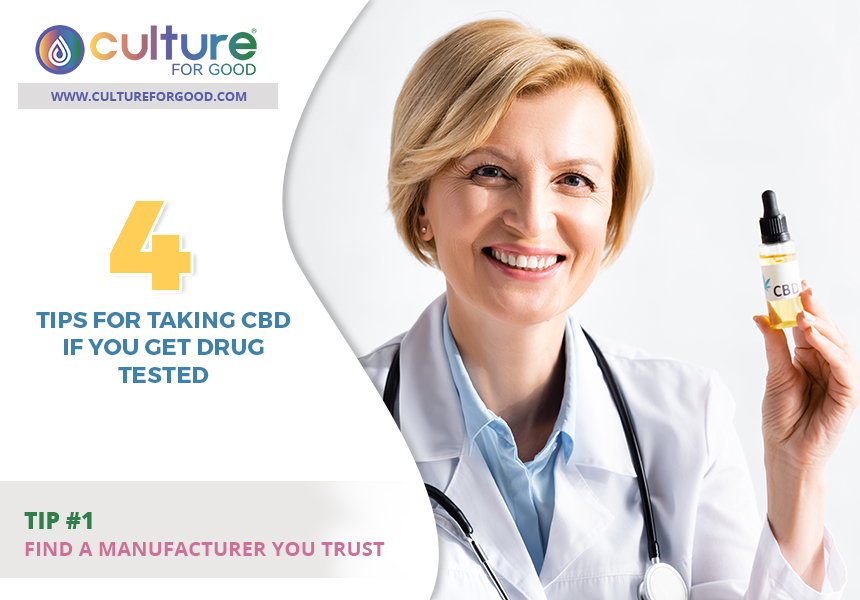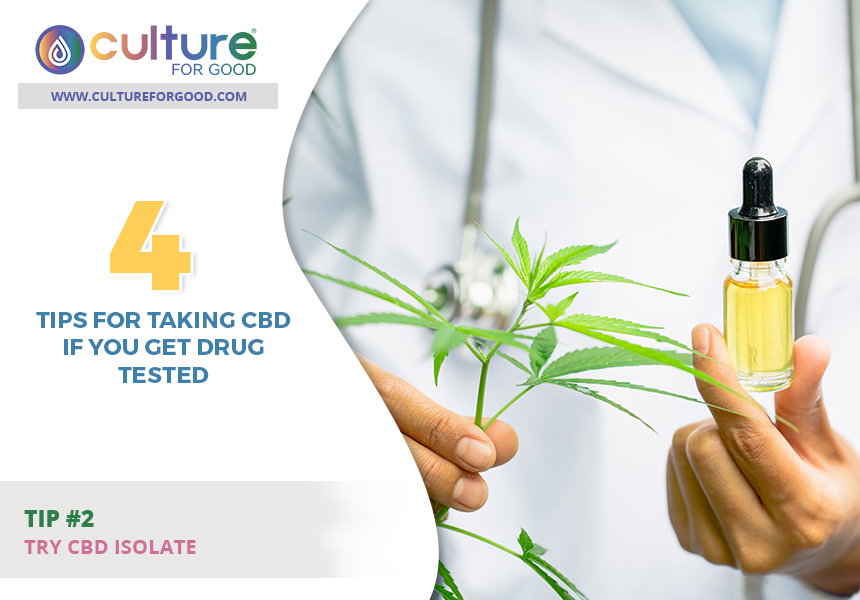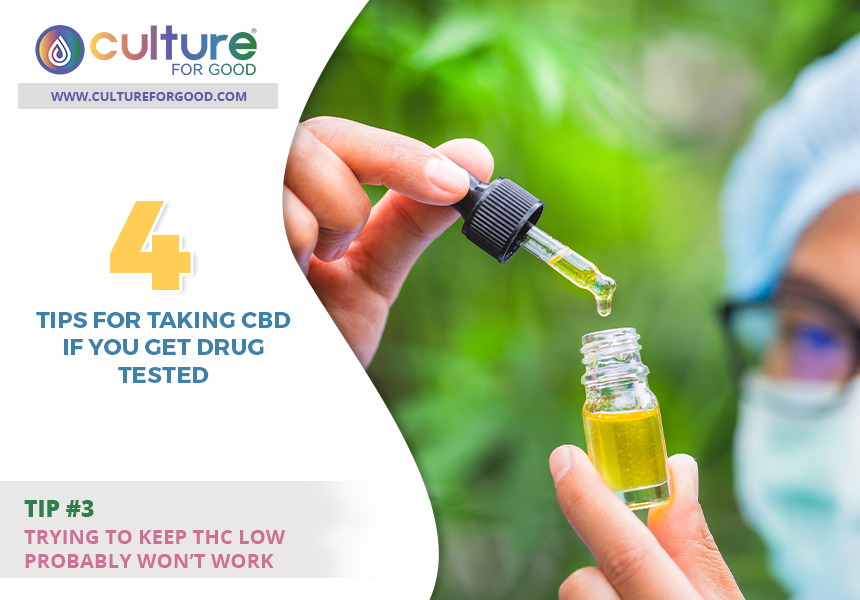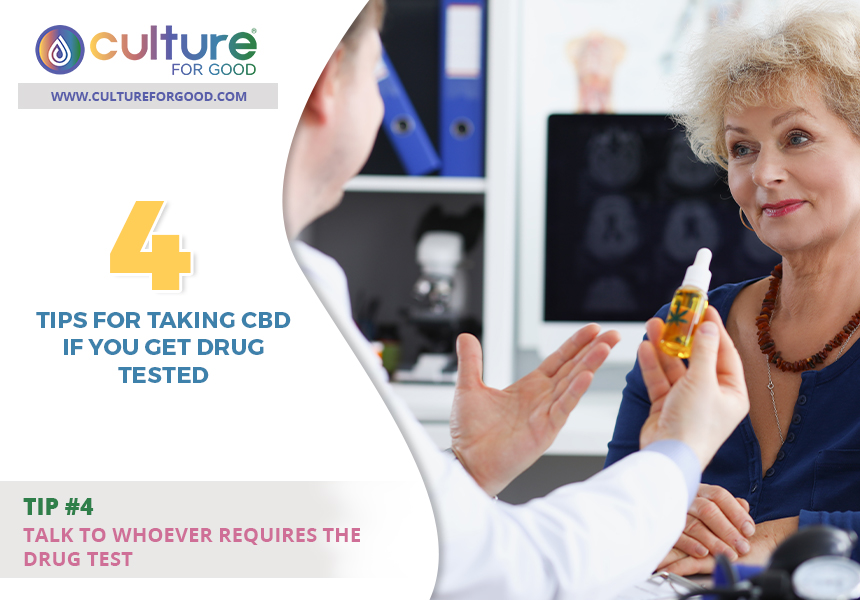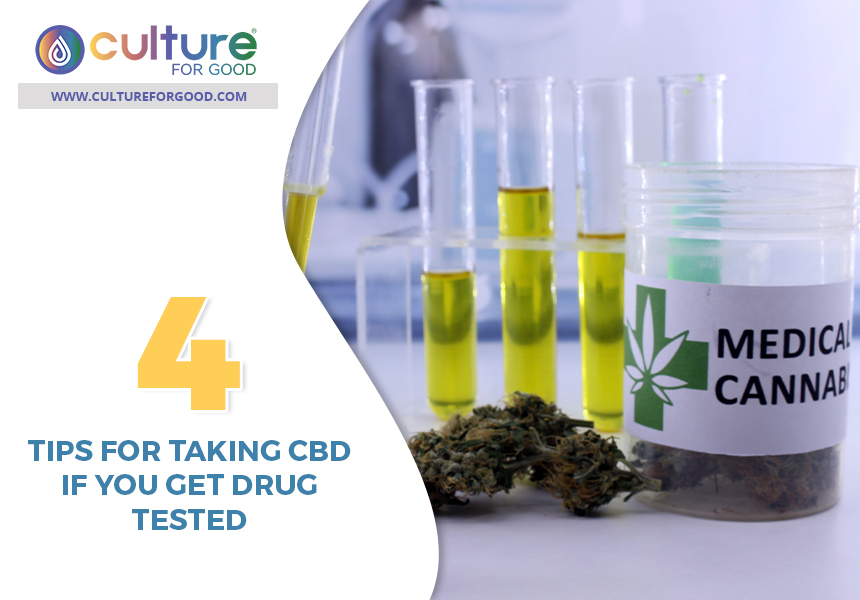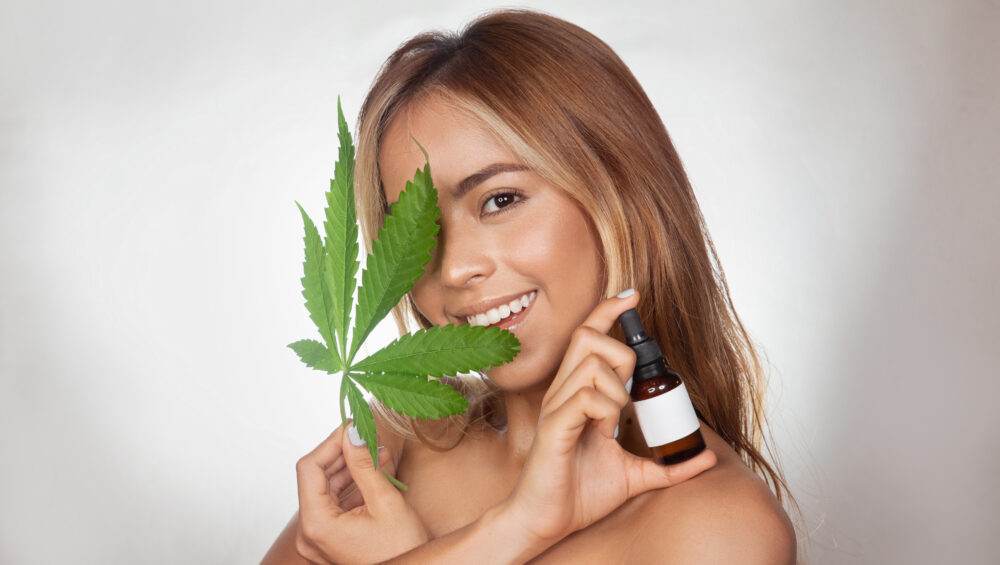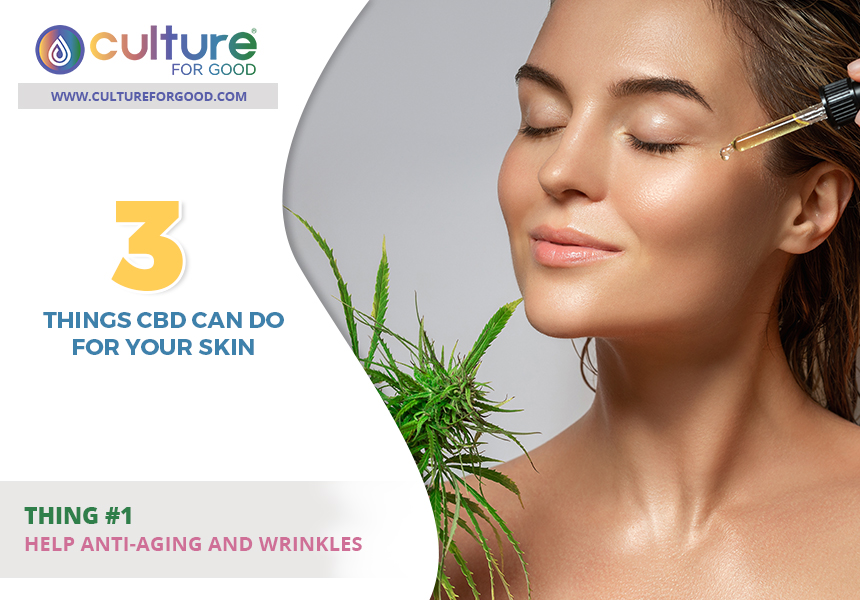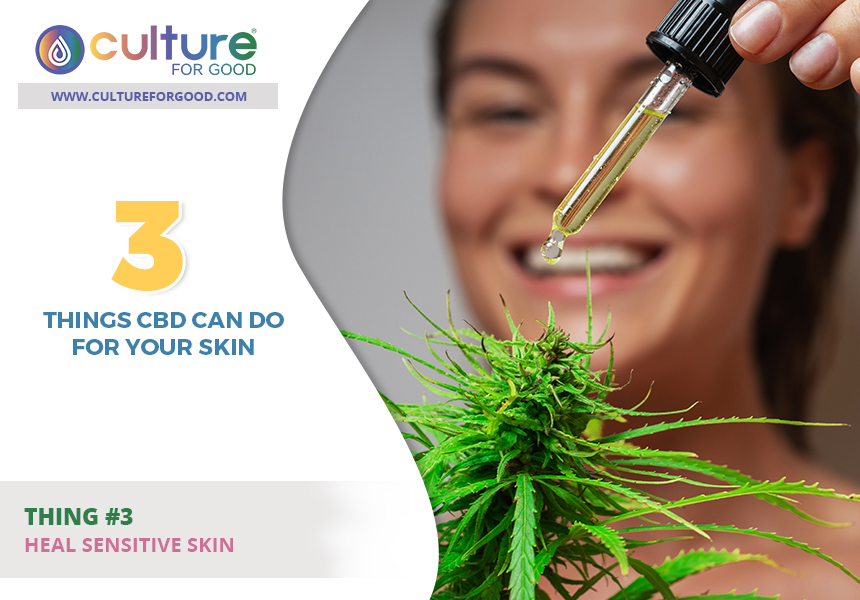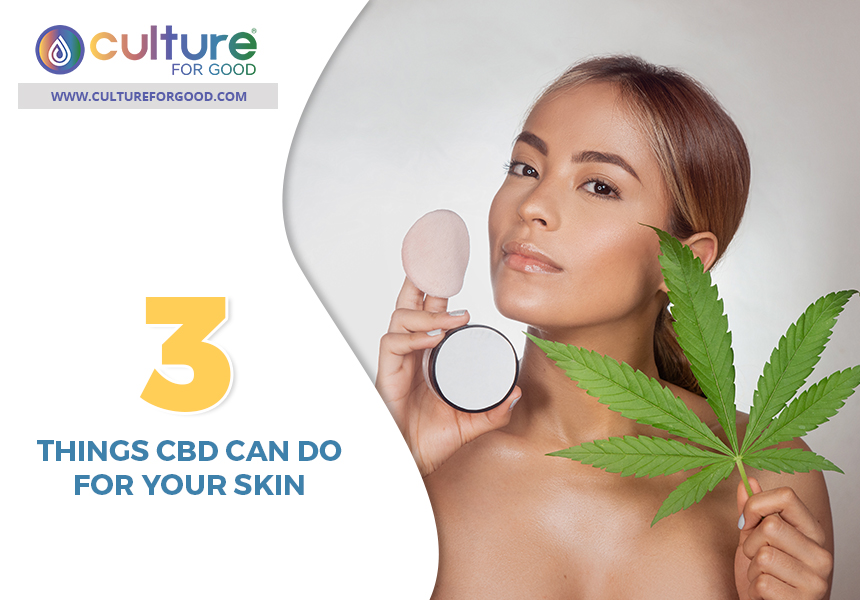3 Reasons To Try CBD Instead Of Prescription Medication
Traditionally, whenever people were in need of medication, they sought out a medical professional. Nowadays, with fingers being pointed at medical professionals for catastrophes such as the opioid crisis, more people than ever are seeking out alternative medication.¹
And one of the biggest names going around is cannabidiol (CBD).
Throughout this article, we’re going to observe why CBD is gaining so much traction and teach you everything you need to know before purchasing a product.
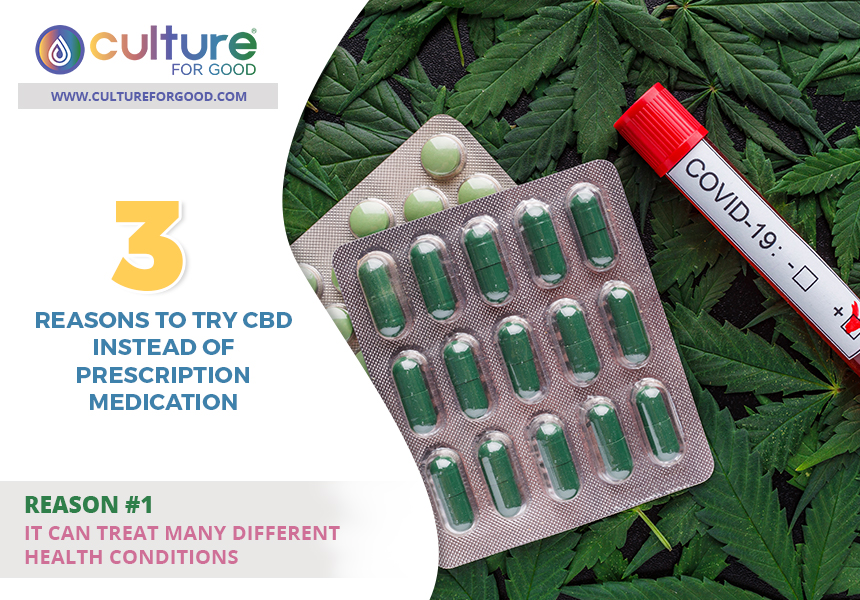
1It Can Treat Many Different Health Conditions
If you’ve done even just a minimal amount of research concerning CBD, then you’re already well aware of the praise people give it for helping with numerous health conditions.²
These conditions include but aren’t limited to:
- Anti-inflammatory
- Antibacterial
- Alleviating anxiety
- Alleviating chronic pain
- Decreases bacterial growth
- Decreasing blood sugar levels
- Decreasing functions in the immune system
- Decreasing the risk of seizures and convulsions
- Eases muscle spasms
- Helping with depression
- Preventing cancer cell growth
- Promoting bone growth
- Reduces the chance of artery blockage
- Reduces nausea and vomiting
- Treats psoriasis
- Vasorelaxant
And these are just everything researchers have currently discovered. Due to prohibition, research concerning CBD and other cannabinoids had been put to a strict halt about a decade ago. We are now just seeing the emerging data of how CBD might just be a revolutionary medicine.
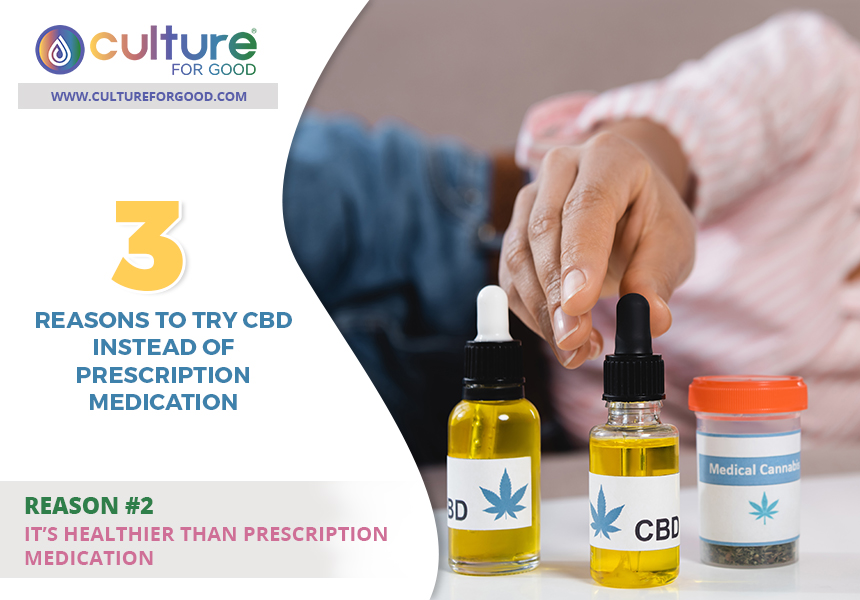
2It’s Healthier Than Prescription Medication
One of the biggest difficulties with the opioid crisis is the fact that opioids are nearly ideal when it comes to easing chronic pain. Yet, this idealistic medication often comes at a cost greater than the pain itself; addiction.
Many people have sought out alternative medication to opioids simply due to the fact that addiction is such a huge health hazard. And upon their searching, many come across cannabidiol for its nonaddictive and has the ability to ease chronic pain.³
Furthermore, when it comes to prescription medication, many are wary of the side effects attached to it. CBD oil has very few side effects and, those that are there, are so minimal, most people don’t experience them.⁴
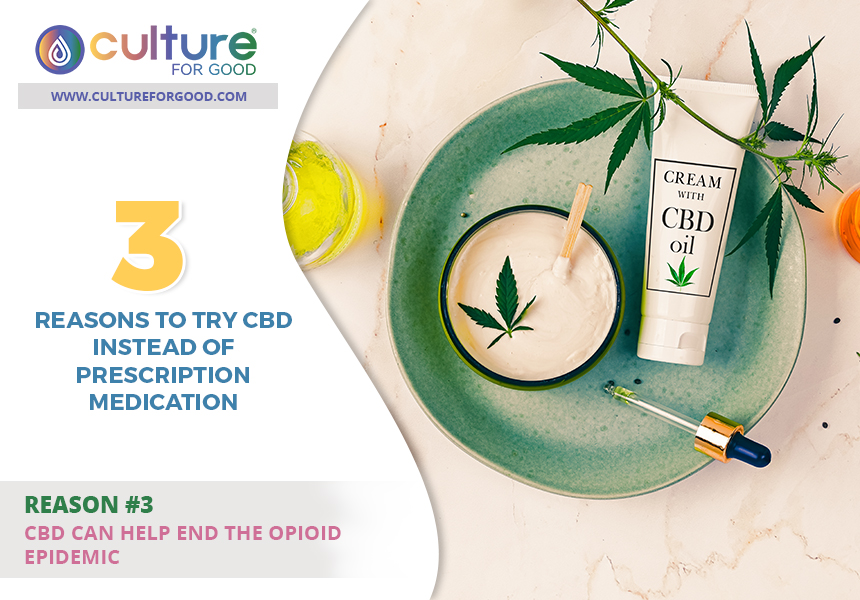
3CBD Can Help End The Opioid Epidemic
One of the biggest reasons the opioid epidemic has grown so large is due to prescription medication. More and more people than any other recorded time in history are being handed substances with a high risk of addiction to treat various health conditions. In turn, these people develop a dependence on these substances by the time their prescription is done.⁵
Though it seems only logical that from there on out, there’s no reason an addiction should persist. However, an addicted brain isn’t thinking in terms of logic, it’s thinking in terms of its dependence. And naturally, people turn to doctor shopping or to the streets to get their fix.
If these very people were never handed such addictive substances in the first place, it’s very likely opioids wouldn’t become a nationwide crisis. CBD may just be the answer to ending all the harm this epidemic has brought onto many individuals.
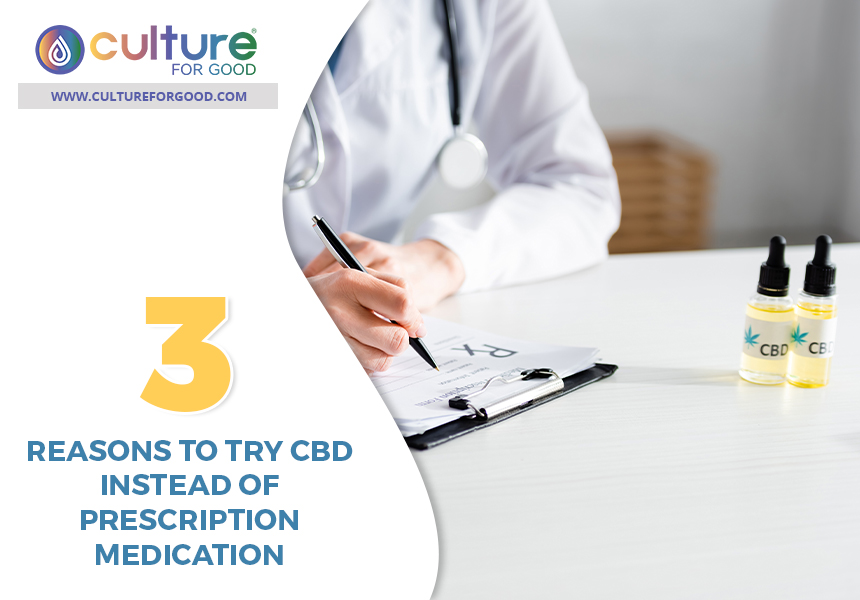
It’s Okay to Be Skeptical
Since CBD isn’t regulated like other medications, you have every right to be skeptical. Many companies currently in this market are swindling customers and making a quick buck.
However, this isn’t a reason to turn down CBD altogether. When it comes to this market, it’s vital you find a trusted source. And we at Culture for Good pride ourselves in already being that source for so many people.
If you’re interested in checking out our CBD products, feel free to check out our products page.
Reference Sources
¹ NCCIH: The Use of Complementary and Alternative Medicine in the United States
² Dialogues in clinical neuroscience: Cannabinoids in health and disease
³ Dovepress: Cannabinoids in the management of difficult to treat pain
⁴ Cannabis and Cannabinoid Research: A Cross-Sectional Study of Cannabidiol Users
⁵ NIDA: Misuse of Prescription Drugs
